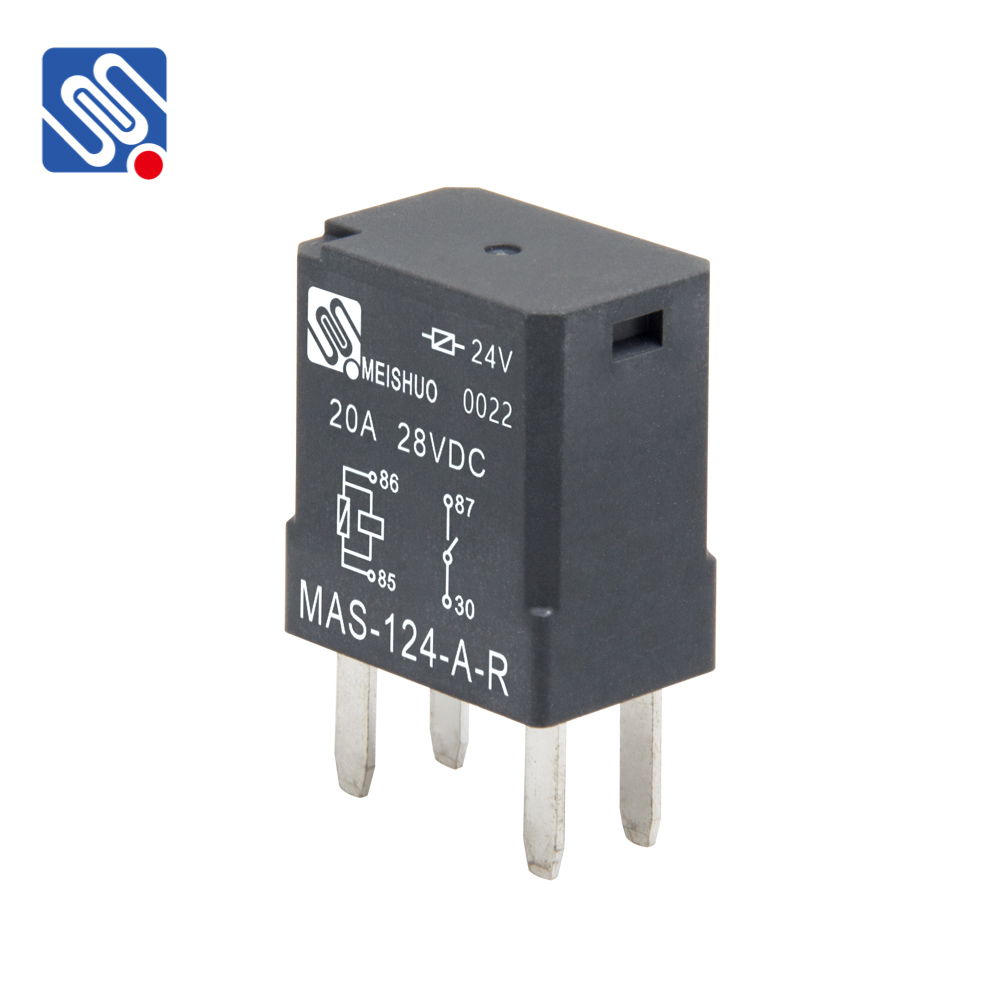A 24V 30A relay is a crucial component in various electrical and electronic systems, primarily serving as a switch for high-power circuits. Relays, in general, are used to control the operation of an electrical circuit by opening or closing contacts based on a low-power control signal. The 24V 30A relay, specifically, is designed to handle substantial electrical loads, making it essential in many industrial and automotive applications. In this article, we will explore the core features, working principle, and common applications of the 24V 30A relay.

Key Features of the 24V 30A Relay The 24V 30A relay is designed to operate on a 24-volt direct current (DC) supply, typically used in control circuits that require DC power. The “30A” designation refers to the maximum current the relay can safely handle on its contacts, making it suitable for controlling high-power devices. 1. Operating Voltage: 24V DC The 24V DC operating voltage is one of the key features of this relay. This means that it is designed to work with 24-volt DC systems, which are common in both automotive and industrial environments. For example, many modern cars and industrial control panels use 24V DC as the standard operating voltage for control circuits.